The recommended tire pressure for a Honda Accord is 32 pounds per square inch (PSI) for both front and rear tires.
Maintaining the right air pressure in your tires is essential to keeping you safe on the road. If your tires are inflated to an incorrect pressure, you run the risk of premature tire wire, decreased steering control, and
blowouts
on the roads. To keep your car-related costs down and ensure your safety on the road, you’ll need to know the right tire pressure for your Honda Accord.
In this article, the
car insurance
super app
Jerry
will go over everything you need to know about your Honda Accord tire pressure. We’ll help you find the correct pressure for your model, show you how to check your tire pressure and reset the dashboard warning light, and even offer some tips for lowering your
Honda Accord car insurance costs
!
RECOMMENDED
No spam or unwanted phone calls · No long forms · No fees, ever
ZIP Code
ZIP Code
Find insurance savings (100% Free)
What is the right tire pressure for a Honda Accord?
In most Accord models, the recommended tire pressure is 32 psi for both front tires and rear tires.
However, the right tire pressure for your Accord may vary depending on which trim level you drive. For example, the Honda Accord LX and Sport models have a recommended tire pressure of 33 psi.
To find out the exact PSI for your Honda Accord model, you can inspect the sticker on the interior of the driver’s side door or check your owner’s manual.
Another factor that may impact your recommended PSI is the type of tire you use. If you upgrade your Accord with high performance tires, summer tires, or bigger wheels, your PSI may differ from the standard recommendation, so ensure your tires are filled to the correct specification.
Tire pressure recommendations for other Honda vehicles
Vehicle | Front tire pressure | Rear tire pressure |
|---|---|---|
2022 Honda Accord | 32 psi | 32 psi |
2022 Honda CR-V | 32 psi | 30 psi |
33 psi | 33 psi | |
2022 Honda Odyssey | 35 psi | 35 psi |
2022 Honda Pilot | 32 psi | 32 psi |
2022 Honda HR-V | 32 psi | 28 psi |
How to check Honda Accord tire pressure
Unsure how to check your tire pressure? We’re here to help. Depending on the model year of your Accord, you may be notified by a low tire pressure indicator light via your vehicle’s
Tire Pressure Monitoring System (TPMS).
Depending on the model year of your Accord, you may be notified by a low tire pressure indicator light via your vehicle’s
Tire Pressure Monitoring System (TPMS).
If you drive an older, less technologically sophisticated Accord, don’t fret. You can easily check your tire pressure using
a tire pressure gauge
! To do so, remove the valve stem cap on each tire and press the pressure gauge onto the valve stem. The gauge will tell you the pressure of each tire, to which you can add or remove air as needed.
Another simple way to assess your tire’s air pressure is through your vehicle’s performance. If you’ve noticed any changes, including difficulty steering or an uneven ride, your tire pressure may be low.
When in doubt, double-check using a tire pressure gauge at home or at a gas station’s filling station!
How often should you check tire pressure?
It’s recommended that you check your tire pressure on a regular basis (i. e., once a month), particularly if you’re about to head out on a long road trip.
e., once a month), particularly if you’re about to head out on a long road trip.
ZIP Code
ZIP Code
Find Savings!
No long forms. No spam calls. Free Quotes.
4.7/5 App Store Rating, 8,100+ Reviews
Trusted by 1.5+ Million Customers.
How to tell if your Honda Accord needs new tires
Generally speaking, it’s wise to change the tires on your Honda Accord every six years, but you may need to swap them out sooner if you notice low tread depth or cracks and bulges in the tires.
If you’re unsure whether your tread depth is low or not, use the penny method: stick a penny with Lincoln’s-head-first into the tread. If you can see the top of Lincoln's head, your Accord is ready for some new tires.
How to reset the Honda CR-V tire pressure monitoring system (TPMS) light
You’ve checked the PSI for your Accord and refilled your tires with the right amount of air, but the TPMS warning light is still illuminated in your vehicle. Now what?
Now what?
In this case, you may need to
reset your TPMS
by calibrating the system. With your ignition ON and your Accord in P, look under Clock and Vehicle Settings for the TPMS Calibration button. Once you hit enter, your driver information interface should indicate that the calibration has started.
Take your Accord for a 30-minute drive at 30-65 mph and the calibration process will complete automatically, which should turn the TPMS indicator light off.
How to save on Honda Accord insurance
Staying up to date with regular vehicle maintenance, like refilling your tire pressure, is an excellent way to save on vehicle-related expenses. By regularly checking your tire pressure, you’ll avoid potential bank-breaking blowouts, breakdowns, and accidents.
As
a licensed insurance broker
with dozens of partner companies, Jerry can find you competitive quotes for Honda CR-V insurance in under a minute.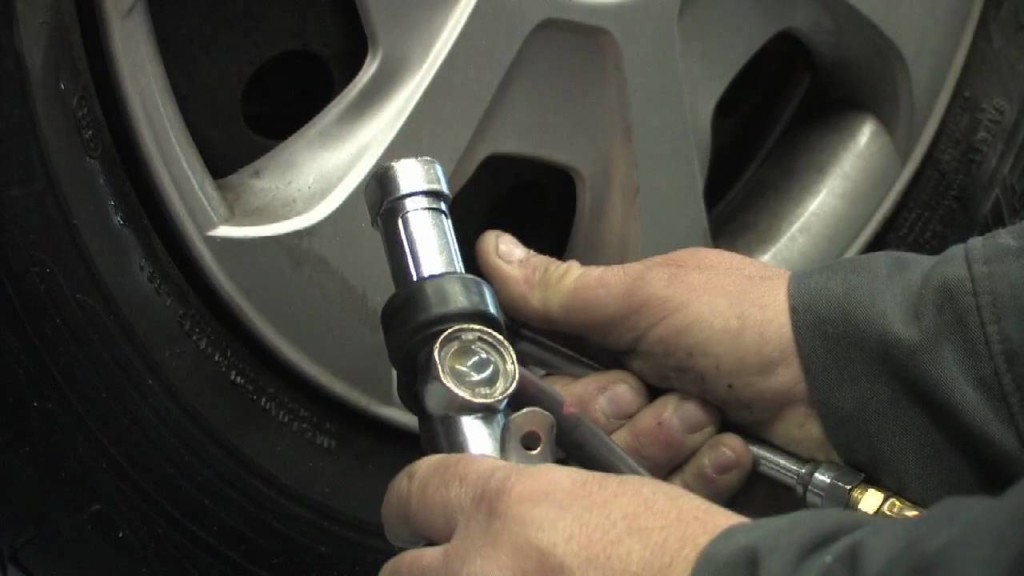 And if you find a rate you like better than your current plan, Jerry’s team of insurance agents will handle all the paperwork and phone calls to get you switched over.
And if you find a rate you like better than your current plan, Jerry’s team of insurance agents will handle all the paperwork and phone calls to get you switched over.
“I saw an ad for
Jerry
on Instagram and decided to give it a try. I have a terrible driving record, but Nathan still helped me. Before, almost no one wanted to insure me. Now, I have a great policy and save $200/month. I’m one happy gal!” —Terri C.
RECOMMENDED
This app is great, but the customer service is even better! Not to mention convenient! My husband and I got the lowest rate (much lower than the rates I was finding online through my own searches), quickly, and pretty much all through text message! Thank you so much for a hassle free experience👍
Gabriella R.
Find insurance savings (100% Free)
4. 7/5 Rating on App Store
7/5 Rating on App Store
JavaScript is disabled. For a better experience, please enable JavaScript in your browser before proceeding.
1 - 20 of 32 Posts
 ... or will they?
... or will they?2008 Honda accord Coupe 6 speed manual
1 - 20 of 32 Posts
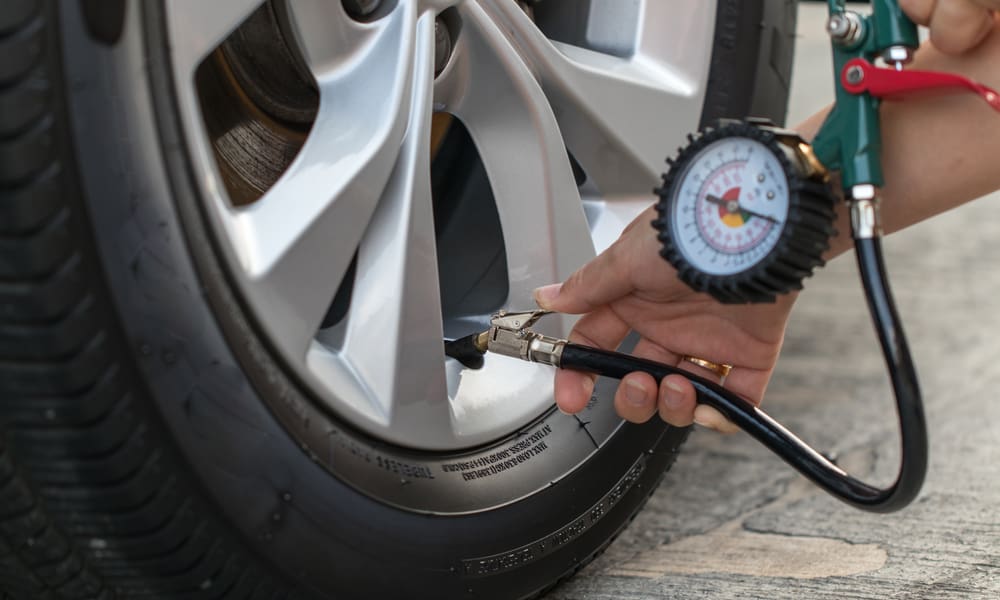 Please consider creating a new thread.
Please consider creating a new thread.Top
90,000 Honda tires Honda (Honda) Tires in the tires of the Honda (Honda)Pressure in wheels
FRONT
REAR
Calculator works in test mode! Found an error in the indicators or want to leave suggestions, please send via the feedback form on the Feedback page or the VK group! Errors with evidence base (photos, screenshots, links) are accepted! All information presented on the site is for informational purposes only! Thanks for understanding!
| Model | Modifications | Recommended tire size | Recommended pressure in tires | |||||||||||||
|---|---|---|---|---|---|---|---|---|---|---|---|---|---|---|---|---|
| without a load in the light of loading summer | winterwinter loaded | |||||||||||||||
| front | rear | front | rear | front | 2 | 2. 2 2 | 2.2 | |||||||||
| Jazz (GD) (Джаз) | 1.2 (57 kW) | 175/65 R 14 82 T | 2.2 | 2.1 | 2.3 | 2.3 | 2.1 | 2 | 2.2 | 2.2 | ||||||
| Jazz (GD) (Джаз) | 1.2 i (66 kW) | 175/65 R 15 84 T | 2.2 | 2.1 | 2.2 | 2.6 | 2.1 | 2 | 2.1 | 2.5 | ||||||
| Jazz (GD) (Джаз) | 1.2 i (66 kW) | 185/55 R 16 83 T | 2.2 | 2.1 | 2.2 | 2.6 | 2.1 | 2 | 2.1 | 2.5 | ||||||
| Jazz (GD) (Джаз) | 1.4 i (73 kW) | 175/65 R 15 84 T | 2.2 | 2.1 | 2.2 | 2.6 | 2.1 | 2 | 2.1 | 2.5 | ||||||
| Jazz (GD) (Джаз) | 1. 4 i (73 kW) 4 i (73 kW) | 185/55 R 16 83 T | 2.2 | 2.1 | 2.2 | 2.6 | 2.1 | 2 | 2.1 | 2.5 | ||||||
| Jazz (GD) (Джаз) | 1.3 Hybrid (65 kW) | 175/65 R 15 84 T | 2.2 | 2.1 | 2.2 | 2.6 | 2.1 | 2 | 2.1 | 2.1 | 2.2 | 2.2 | 2 | 2 | 2.1 | 2.1 |
| Civic Coupe | 1.7 i (88 kW) | 205/50 R 16 87 V | 2.1 | 2.1 | 2.2 | 2.2 | 2 | 2 | 2.1 | 2.1 | ||||||
| Civic Coupe | 1.7 i (92 kW) | 195/60 R 15 88 H | 2.1 | 2.1 | 2.2 | 2.2 | 2 | 2 | 2.1 | 2.1 | ||||||
| Civic Coupe | 1. 7 i (92 kW) 7 i (92 kW) | 205/50 R 16 87 V | 2.1 | 2.1 | 2.2 | 2.2 | 2 | 2 | 2.1 | 2.1 | ||||||
| Insight | 1.3 Hybrid (75 kW) | 175/65 R 15 84 T | 2.3 | 2.2 | 2.3 | 2.2 | 2.2 | 2.1 | 2.2 | 2.1 | ||||||
| Insight | 1.3 Hybrid (75 kW) | 185/55 R 16 83 T | 2.3 | 2.2 | 2.3 | 2.2 | 2.2 | 2.1 | 2.2 | 2.1 | ||||||
| FR-V | 1.7 VTEC (92 kW) | 195/65 R 15 91 H | 2.2 | 2.2 | 2.2 | 2.2 | 2.1 | 2.1 | 2.1 | 2.1 | ||||||
| FR-V | 1.7 VTEC (92 kW) | 205/55 R 16 91 H | 2.2 | 2.2 | 2. 2 2 | 2.2 | 2.1 | 2.1 | 2.1 | 2.1 | ||||||
| FR-V | 2.0 i-VTEC (110 kW) | 205/55 R 16 91 H | 2.2 | 2.2 | 2.2 | 2.2 | 2.1 | 2.1 | 2.1 | 2.1 | ||||||
| FR-V | 2.0 i-VTEC (110 kW) | 205/50 R 17 89 W | 2.2 | 2.2 | 2.2 | 2.2 | 2.1 | 2.1 | 2.1 | 2.1 | ||||||
| FR-V | 1.8 (103 kW) | 205/55 R 16 91 H | 2.2 | 2.2 | 2.2 | 2.2 | 2.1 | 2.1 | 2.1 | 2.1 | ||||||
| FR-V | 1.8 (103 kW) | 205/50 R 17 89 W | 2.2 | 2.2 | 2.2 | 2.2 | 2.1 | 2.1 | 2.1 | 2.1 | ||||||
| FR-V | 2.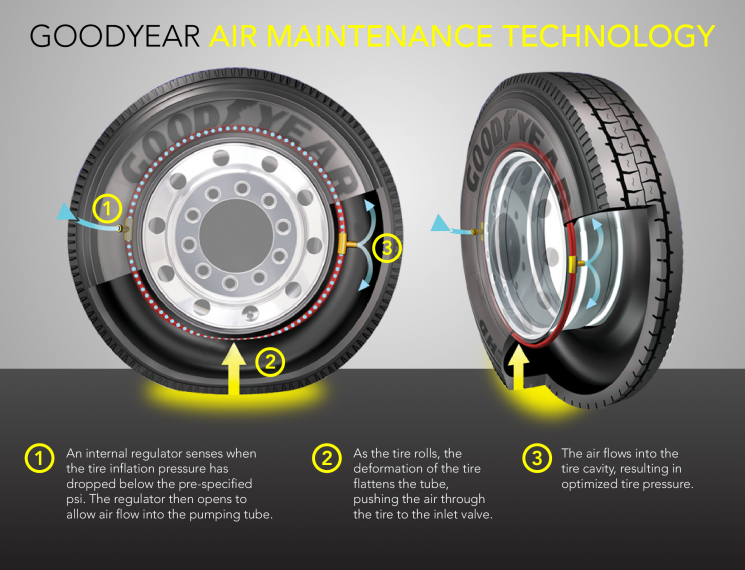 2 CDTi (103 kW) 2 CDTi (103 kW) | 205/55 R 16 91 H | 2.2 | 2.2 | 2.2 | 2.2 | 2.1 | 2.1 | 2.1 | 2.1 | ||||||
| FR- V | 195/65 R 15 91 V | 2.2 | 2.6 | 2.2 | 2.8 | 2.1 | 2.5 | 2.1 | 2.7 | |||||||
| Accord Tourer | 2.0 16 V (114 kW) | 205 /55 R 16 91 V | 2.2 | 2.6 | 2.2 | 2.8 | 2.1 | 2.5 | 2.1 | 2.7 | ||||||
| Accord Tourer | 2.0 16 V (114 kW) | 225/45 R1791 V | 2.2 | 2.6 | 2.2 | 2.8 | 2.1 | 2.5 | 2.1 | 2.7 | ||||||
| Accord Tourer | 2.4 16 V (140 kW) | 205/55 R 16 91 V | 2.2 | 2.6 | 2. 2 2 | 2.8 | 2.1 | 2.5 | 2.1 | 2.7 | ||||||
| Accord Tourer | 2.4 16 V (140 kW) | 225/45 R 17 91 W | 2.2 | 2.6 | 2.2 | 2.8 | 2.1 | 2.5 | 2.1 | 2.7 | ||||||
| Accord Tourer | 2.2 i-CTDi (103 kW) | 205/55 R 16 91 V | 2.2 | 2.6 | 2.2 | 2.8 | 2.1 | 2.5 | 2.1 | 2.7 | ||||||
| Accord Tourer | 2.2 i-CTDi (103 kW) | 225/45 R 17 91 W | 2.2 | 2.6 | 2.2 | 2.8 | 2.1 | 2.5 | 2.1 | 2.7 | ||||||
| Accord Tourer | 2.0 (115 kW) | 205/60 R 16 92 V | 2.3 | 2.3 | 2.3 | 2.8 | 2.2 | 2.2 | 2. 2 2 | 2.7 | ||||||
| Accord Tourer | 2.0 (115 kW) | 225/50 R 17 94 V | 2.3 | 2.3 | 2.3 | 2.8 | 2.2 | 2.2 | 2.2 | 2.7 | ||||||
| Accord Tourer | 2.0 (115 kW) | 225/45 R 18 95 W XL | 2.3 | 2.3 | 2.3 | 2.8 | 2.2 | 2.2 | 2.2 | 2.7 | ||||||
| Accord Tourer | 2.4 (148 kW) | 225/50 R 17 98 V XL | 2.3 | 2.3 | 2.3 | 2.8 | 2.2 | 2.2 | 2.2 | 2.7 | ||||||
| Accord Tourer | 2.4 (148 kW) | 225/45 R 18 95 W XL | 2.3 | 2.3 | 2.3 | 2.8 | 2.2 | 2.2 | 2.2 | 2.7 | ||||||
| Accord Tourer | 2. 2 i-DTEC (132 kW) 2 i-DTEC (132 kW) | 225/50 R 17 98 V XL | 2.3 | 2.3 | 2.3 | 2.8 | 2.2 | 2.2 | 2.2 | 2.7 | ||||||
| Accord Tourer | 2.2 i-DTEC (132 kW) | 225/45 R 18 95 W XL | 2.3 | 2.3 | 2.3 | 2.8 | 2.2 | 2.2 | 2.2 | 2.7 | ||||||
| Accord Tourer | 2.2 i-DTEC (110 kW) | 215/60 R 16 95 V | 2.3 | 2.3 | 2.3 | 2.8 | 2.2 | 2.2 | 2.2 | 2.7 | ||||||
| Accord Tourer | 2.2 i-DTEC (110 kW) | 225/50 R 17 98 V XL | 2.3 | 2.3 | 2.3 | 2.8 | 2.2 | 2.2 | 2.2 | 2.7 | ||||||
| Accord Tourer | 2.2 i-DTEC (110 kW) | 225/45 R 18 95 W XL | 2. 3 3 | 2.3 | 2.3 | 2.8 | 2.2 | 2.2 | 2.2 | 2.7 | ||||||
| Legend (KB1/2) | 3.5 V 6 (217 kW) | 235/50 R 17 100 W XL | 2.2 | 2.1 | 2.3 | 2.2 | 2.1 | 2 | 2.2 | 2.1 | ||||||
| S 2000 Roadster (AP) | 2.0 16 V (177 kW) | 205/55 R 16 91 W VA | 2.2 | 2.2 | 2.2 | 2.2 | 2.1 | 2.1 | 2.1 | 2.1 | ||||||
| S 2000 Roadster (AP) | 2.0 16 V (177 kW) | 225/50 R 16 92 W HA | 2.2 | 2.2 | 2.2 | 2.2 | 2.1 | 2.1 | 2.1 | 2.1 | ||||||
| S 2000 Roadster (AP) | 2.0 16 V (177 kW) | 215/45 R 17 87 W VA | 2.2 | 2.2 | 2.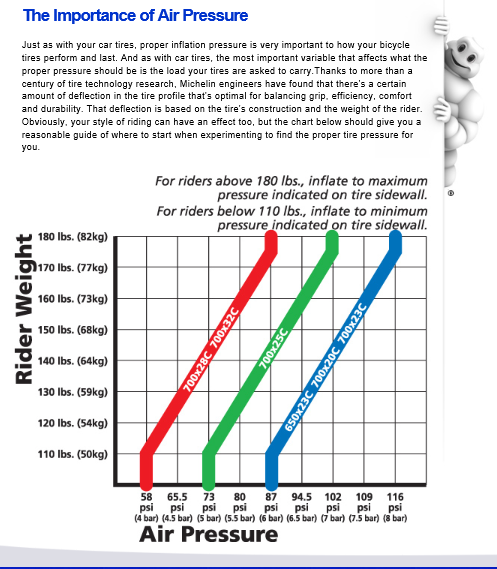 2 2 | 2.2 | 2.1 | 2.1 | 2.1 | 2.1 | ||||||
| S 2000 Roadster (AP) | 2.0 16 V (177 kW) | 245/40 R 17 91 W HA | 2.2 | 2.2 | 2.2 | 2.2 | 2.1 | 2.1 | 2.1 | 2.1 | ||||||
| CR-V (ср-в) | 2.0 (110 kW) | 225/65 R 17 102 T 4x4 | 2.1 | 2.1 | 2.1 | 2.3 | 2 | 2 | 2 | 2.2 | ||||||
| CR-V (ср-в) | 2.0 (110 kW) | 225/60 R 18 100 H 4x4 | 2.1 | 2.1 | 2.1 | 2.3 | 2 | 2 | 2 | 2.2 | ||||||
| CR-V (ср-в) | 2.0 (110 kW) | 245/45 R 19 98 Y 4x4 | 2.1 | 2.1 | 2.1 | 2.3 | 2 | 2 | 2 | 2.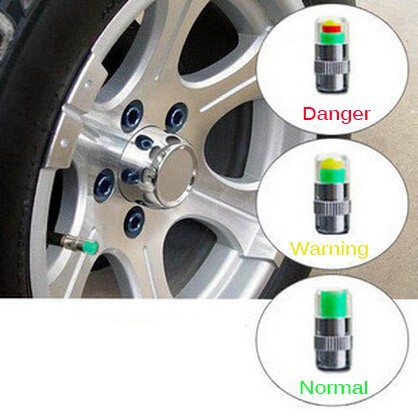 2 2 | ||||||
| CR-V (ср-в) | 2.2 CTDI (103 kW) | 225/65 R 17 102 T 4x4 | 2.1 | 2.1 | 2.1 | 2.3 | 2 | 2 | 2 | 2.2 | ||||||
| CR-V (ср-в) | 2.2 CTDI (103 kW) | 225/60 R 18 100 H 4x4 | 2.1 | 2.1 | 2.1 | 2.3 | 2 | 2 | 2 | 2.2 | ||||||
| CR-V (ср-в) | 2.2 CTDI (103 kW) | 245/45 R 19 98 Y 4x4 | 2.1 | 2.1 | 2.1 | 2.3 | 2 | 2 | 2 | 2.2 | ||||||
| CR-V (CP-B) | 2.2 I-DTEC (110 KW) 9011 9011 90. 4x4 | 2.1 | 2.1 | 2.1 | 2.3 | 2 | 2 | 2 | 2.2 | |||||||
| CR-V (CP-B) | 2.2 I-DTEC | 901 100 H 4x 4x 100 h 4x 100 h 4x 100 h 4x 100 h 4x 100 h 4x 100 h 4x 100 h 4x 100 h 4x 18 100 h 4x 18 100.2.1 | 2.1 | 2.3 | 2 | 2 | 2 | 0 2.2|||||||||
| CR-V) | 90 2.2 I-DTEC (110 KW) Y 4x42.1 | 2.1 | 2.1 | 2.3 | 2 | 2 | 2 | 2.2 | ||||||||
Useful Articles
technology
ATV tires, marking and decoding
Useful life hacksThe legend is back in fashion - Nokia 3310
The return of the iconic Nokia 3310, which has become a symbol of…
Smartphone holder with wireless charging function
Unique in-car smartphone holder with…
↑
Honda Tire Pressure Monitoring System (TPMS) has its own specifics when programming new sensors, data entry and calibration. But with basic knowledge, servicing Honda TPMS systems is easy.
But with basic knowledge, servicing Honda TPMS systems is easy.
Honda's direct TPMS systems with pressure sensors in each wheel are difficult to compare with other vehicles using the same type of TPMS as they require special hardware to connect via the OBD II connector and the procedures are similar. However, there are exceptions, such as Honda Pilot (automatic programming of the system) and vehicles using indirect TPMS systems that use the ABS readings in operation, the difference in wheel speed depending on pressure, i.e. there are no pressure sensors in the system, for example, Honda Civic, Accord, other models after 2012 of release.
Most specialized TPMS service tools can activate the sensors to receive an identification signal from the sensor and their position in the vehicle. The information is then fed through the OBD II connector to the TPMS module. Programming is carried out using a scanner. For Honda's direct TPMS systems, 45 km/h is the magic number. After the vehicle has reached a speed of 45 km/h and has been driven for at least a minute, the system acknowledges the sensor signals, identifies them and captures the pressure information.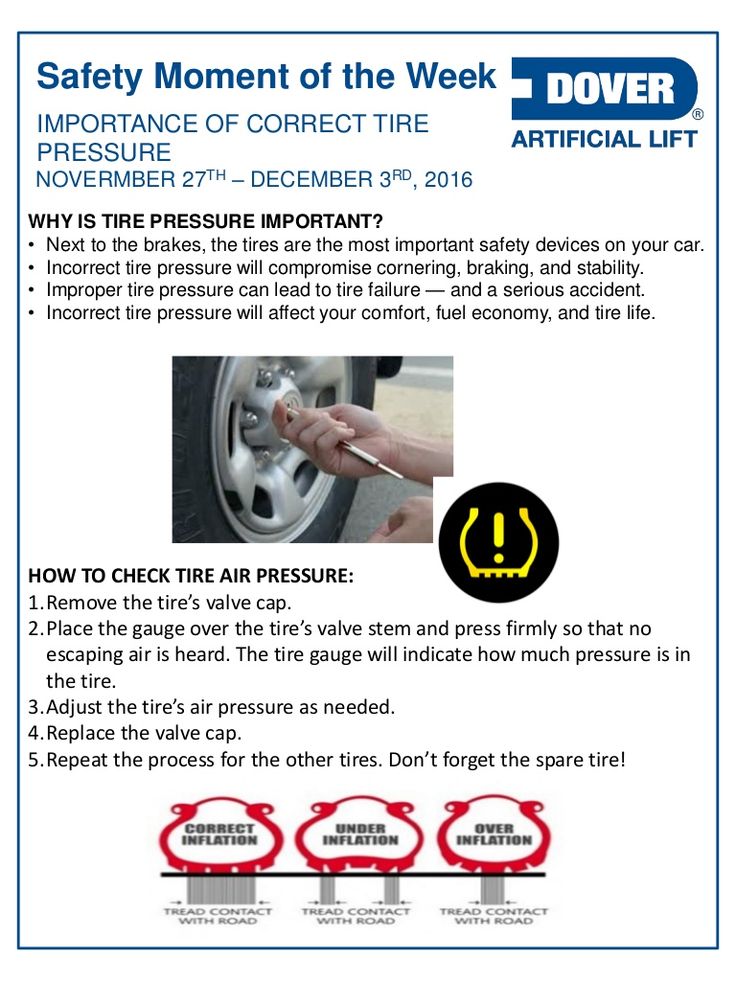 Speed is not detected by sensors, speed is determined via CAN bus and TPMS module. Honda engineers believe that at this speed the system is less susceptible to interference from other sensors and radio frequencies.
Speed is not detected by sensors, speed is determined via CAN bus and TPMS module. Honda engineers believe that at this speed the system is less susceptible to interference from other sensors and radio frequencies.
If a vehicle arrives at the garage with the TPMS warning light on, inflate the tires to the prescribed pressure and drive the vehicle at 45 km/h for one minute. The low system pressure indicator should turn off. 45 km/h - the speed of movement for each procedure of reprogramming the system and registration of data. For indirect type systems, there are other magic numbers - driving at a speed of 65 - 95 km / h for 20 minutes. The initialization process occurs by pressing the TPMS reset button on the instrument panel or steering wheel.
Hondas with direct systems typically have two TPMS lights on the instrument panel. One ISO standard indicator for low tire pressure, another TPMS MIL indicator. In the event of a malfunction in the TPMS system, the module displays a fault code , but goes into safe mode. The system does not notify the driver of a dangerous low tire pressure. In the event of a malfunction, the TPMS system generates indicator flashes every 30-90 seconds and the flash cycle repeats. A working system signals one signal that lights up for a couple of seconds, then the indicator goes out.
The system does not notify the driver of a dangerous low tire pressure. In the event of a malfunction, the TPMS system generates indicator flashes every 30-90 seconds and the flash cycle repeats. A working system signals one signal that lights up for a couple of seconds, then the indicator goes out.
The TPMS fault code is stored in non-volatile memory and cannot be cleared by disconnecting the cable from the battery. To erase the fault code, you must use a scanner. The system memory may contain all the TPMS trouble codes that may occur. But, if the same code occurs twice or more, in most cases the subsequent code is overwritten with the previous one, thus saving each last of the TPMS system fault codes.
When a flat tire is replaced with a spare in a direct type system, the TPMS sets DTCs 32, 34, 36, 38 because the system is no longer receiving a signal from the flat tire sensor.
does not include wheel pressure sensors. The system determines the reduction in tire pressure by comparing the relative speed of rotation of the wheels through the ABS wheel sensors. When the tire pressure is reduced, the wheel diameter is slightly reduced. This type of system has been installed on the Honda Accord since 2013. Recalibration should be carried out in the event of a change in tire pressure or bringing it back to normal. The process does not require the use of special tools, it is carried out using the TPMS reset button located under the steering wheel or a combination of pressing the information center button, or the button located on the steering wheel.
The system determines the reduction in tire pressure by comparing the relative speed of rotation of the wheels through the ABS wheel sensors. When the tire pressure is reduced, the wheel diameter is slightly reduced. This type of system has been installed on the Honda Accord since 2013. Recalibration should be carried out in the event of a change in tire pressure or bringing it back to normal. The process does not require the use of special tools, it is carried out using the TPMS reset button located under the steering wheel or a combination of pressing the information center button, or the button located on the steering wheel.
1. Make sure the vehicle transmission is in neutral or park.
2. Check all wheel sizes and types.
3. Set the correct tire pressure.
4. Turn on the ignition.
Press and hold the TPMS button located on the lower left of the instrument panel until the TPMS low tire pressure indicator flashes twice. If the indicator does not flash, press and hold the button again. Recalibration will be completed after running for 20 minutes at 65-95 km/h
If the indicator does not flash, press and hold the button again. Recalibration will be completed after running for 20 minutes at 65-95 km/h
1. Using the monitor and steering wheel controls, select Vehicle Settings, press the SEL/RESET button. The calibration process will start.
2. The display will switch to setting mode when you select, cancel or calibrate.
3. Select Calibration, then press the SEL/RESET button. If the process has started, the monitor will display Calibration Started. If the message Calibration Failed to Start appears, repeat steps 2 and 3. Recalibration will be completed after running for 20 minutes at a speed of 65-95 km/h
1. Use the monitor and steering wheel controls, press Menu/MENU and go to Vehicle Menu
2. Select Customized Settings and press the SOURCE button.
3. Select TPMS Calibration, then press the SOURCE button.